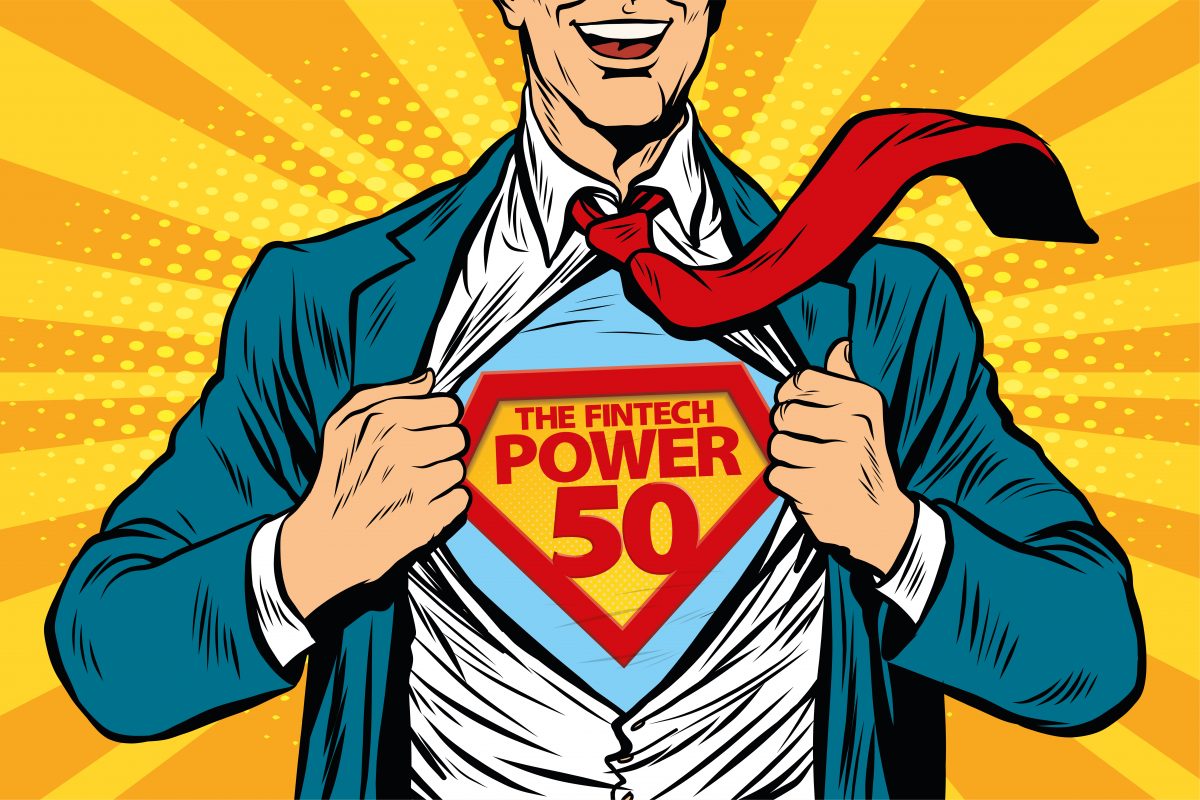CCRI finds TRON to be one of the best environmentally friendly blockchains
Geneva, Switzerland –News Live– TRON

THRONE ranks as one of the most environmentally friendly blockchains in the Web3 landscape, according to Crypto Carbon Ratings Institute (CCRI), a research group focused on reducing carbon emissions for crypto projects. The entire report can be read here. It reveals that the TRON blockchain optimizes its ecological footprint more than Ethereum, Bitcoin, Solana, Cardano, Avalanche, Algorand and many more widespread cryptocurrencies. The TRON network’s unique Delegated Proof of Stake (DPoS) consensus mechanism contributes to its reduced carbon footprint.
“The increasing amount of energy that modern blockchains use is not sustainable in the long term for users or economies of scale. The best networks are those that can promote decentralization while keeping their carbon footprint low to help lead the world into a greener future,” says HE Justin Sun, founder of TRON The growth of green companies and institutions is creating new incentives and new regulations to ensure that institutions reduce their carbon footprints and pave the way for a greener economy, blockchains of the future are at the forefront of this trend.
Traditionally, blockchains tend to be either Proof-of-Work (PoW) or Proof-of-Stake (PoS). The energy consumption of PoW blockchains such as Bitcoin and Ethereum is over 83 and 22 million kWh respectively. TRON had an annual energy consumption of only 162,868 kWh – 99.9% less than the electricity consumption of Bitcoin and Ethereum! CCRI found that TRON’s energy consumption is equal to the energy consumption of 15 average American households. While less environmentally friendly blockchains like Bitcoin and Ethereum use energy equivalent to 8.5 million US households and 1.6 million US households respectively. While energy consumption remains at an environmentally friendly rate for TRON, the network currently hosts 4,000+ decentralized applications (dApps) and over 100,000,000 accounts. This huge difference in energy consumption cements TRON’s status as one of the more sustainable blockchains in the world.
TRON is still an environmentally friendly blockchain compared to other major blockchains in their carbon footprint. Solana, Cardano, Algorand and Avalanche have a carbon footprint of 934.77, 286.41, 243.52 and 232.42 tCO2e respectively. On the other hand, the TRON network has a carbon footprint of only 69.47 tCO2e. With the growing number of accounts, projects, developers and institutions building on TRON, both the carbon footprint and energy consumption have remained low and sustainable.
A leading cause of the large energy consumption that PoW blockchains produce is their validation requirements. To validate PoW networks, computing power must be provided to solve complex algorithmic problems or puzzles, such as the SHA-256 hash function with Bitcoin and Keccak-256 with Ethereum. Instead of using a hardware device to validate the TRON network, staking the native token TRX allows you to validate transactions. PoS blockchains such as Solana and Cardano follow a similar strategy – yet they continue to use a significantly higher amount of energy compared to TRON.
Node speed and its correlation with energy consumption is an important metric to show the efficiency of transactions on the blockchain. In the case of TRON, CCRI found that for over six million transactions that occurred on the blockchain, each node consumes only 0.0001915 watts of electricity per hour for each transaction; this shows that the entire TRON network uses 0.07028 wh/tx or about 254 Joules of energy per transaction. To put this into perspective, a simple Google search requires 0.0003 kWh or 1080 Joules of energy. It is important to note that energy consumption per node is not the best indicator to show the sustainability of a blockchain. To understand how the trade-off between decentralization and energy efficiency works on a specific blockchain, decentralization of the network must be taken into account. With the TRON network, it has proven that a blockchain can be energy efficient and decentralized among the nodes.
With the growing concern over climate change and global warming, nations will continue to motivate companies, projects and people to move away from high energy solutions. The status quo must change for mass adoption across the blockchain industry. Energy-efficient and sustainable networks will give users, developers and companies the opportunity to scale. TRON DAO continues to be a leader in energy efficiency, enabling a genuinely frictionless and green economy to come to life.
About TRON DAO
TRON is dedicated to accelerating the decentralization of the internet via blockchain technology and decentralized applications (dApps). Founded in September 2017 by HE Justin Sunthe TRON network has continued to deliver impressive performances since the MainNet launch in May 2018. July 2018 also marked the ecosystem integration of BitTorrent, a pioneer in decentralized Web3 services with over 100 million monthly active users. The TRON network has received an incredibly good impression in recent years. As of August 2022, it has over 107 million total user accounts on the blockchain, more than 3.7 billion total transactions, and over $11.5 billion in total value locked (TVL), as reported on THRONE SCAN. In addition, TRON hosts the largest circulating supply of USD Tether (USDT) stablecoin worldwide, overtaking USDT on Ethereum since April 2021. The TRON network completed full decentralization in December 2021 and is now a community-governed DAO. Most recently, the oversecured decentralized stablecoin USDD was launched on the TRON blockchain, backed by the first ever crypto reserve for the blockchain industry – TRON DAO Reservewhich marks TRON’s official entry into decentralized stablecoins.
TRON Network | TRONDAO | Twitter | YouTube | Telegram | Disagreement | Reddit | GitHub | Medium | Forum
Contact information
Feroz Lakhani
press@tron.network
See the source version on newsdirect.com:


